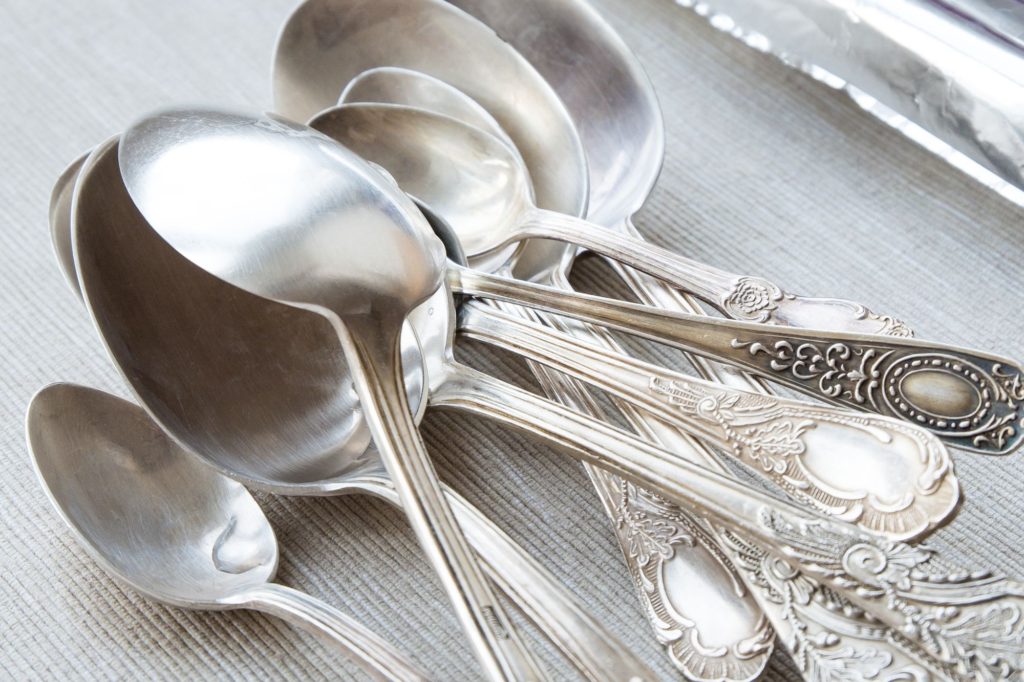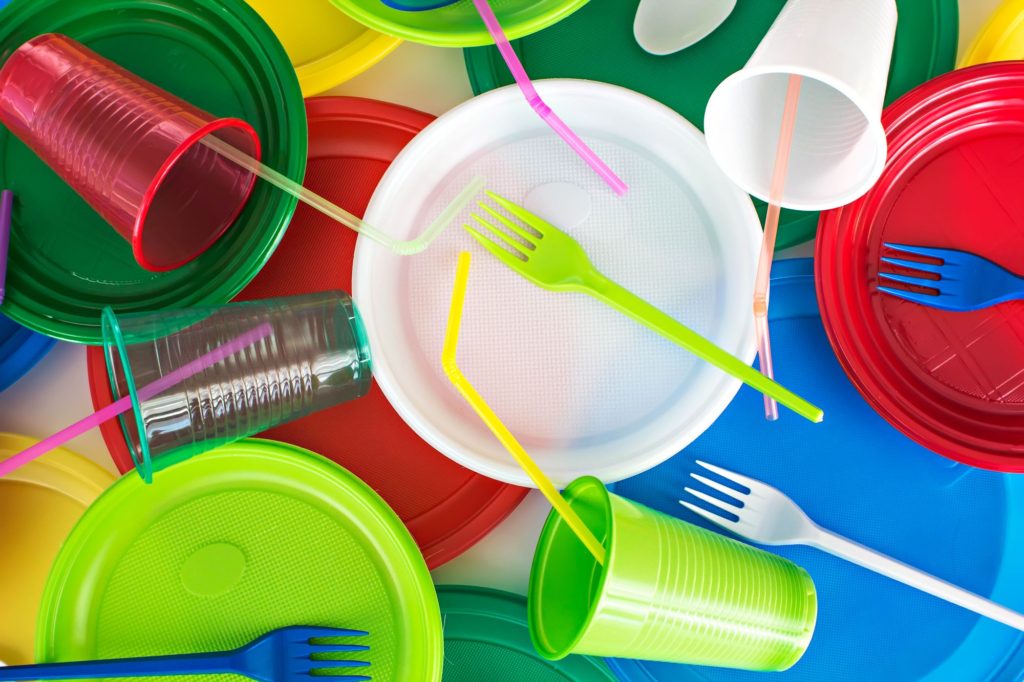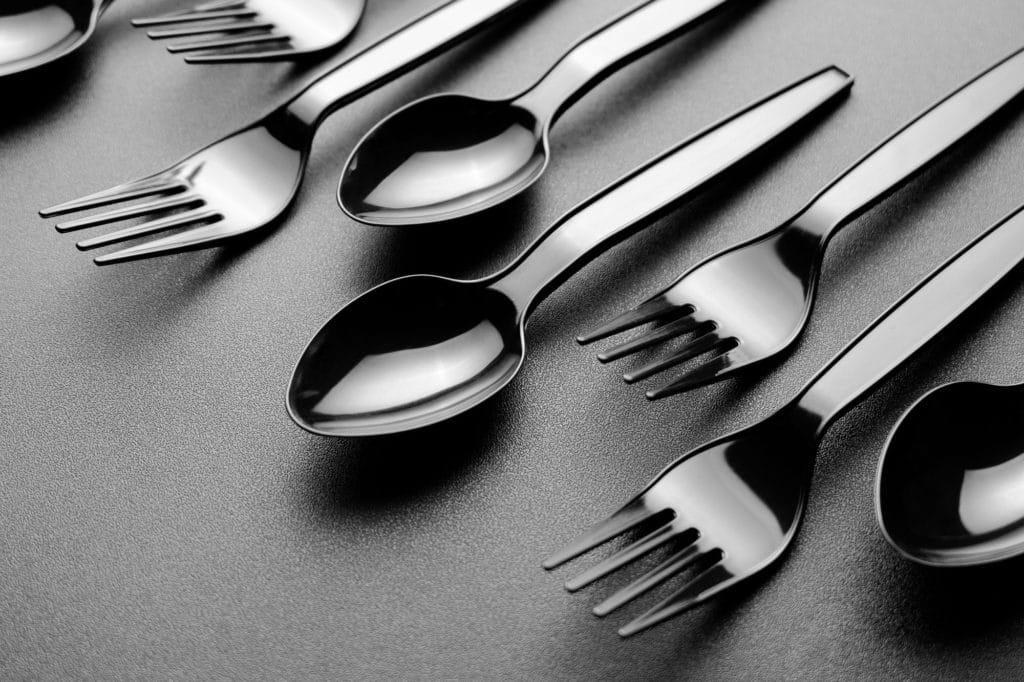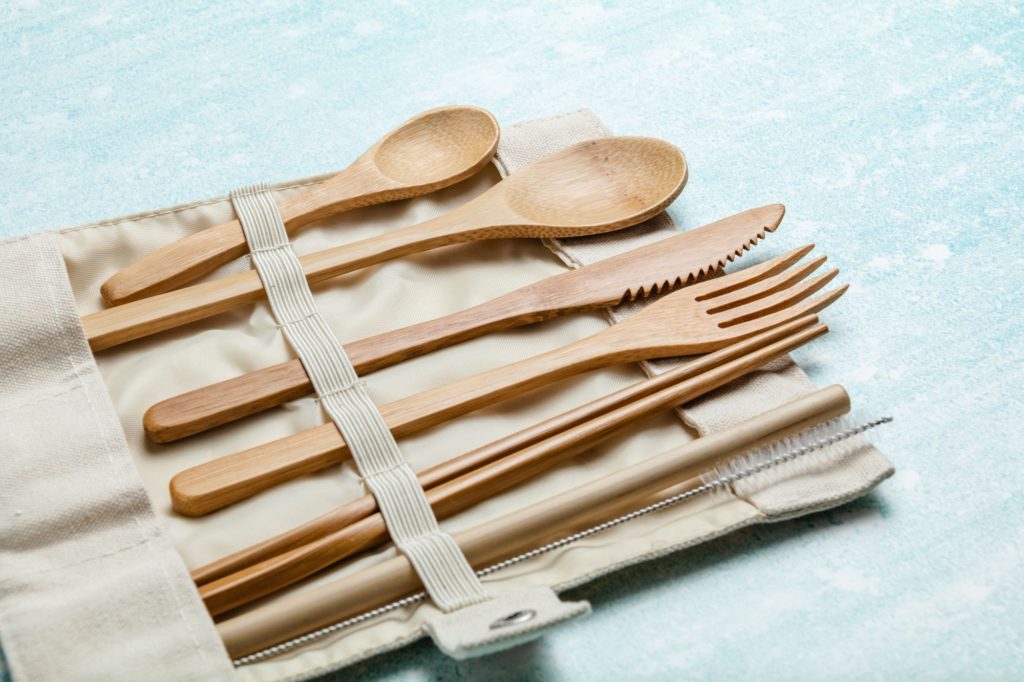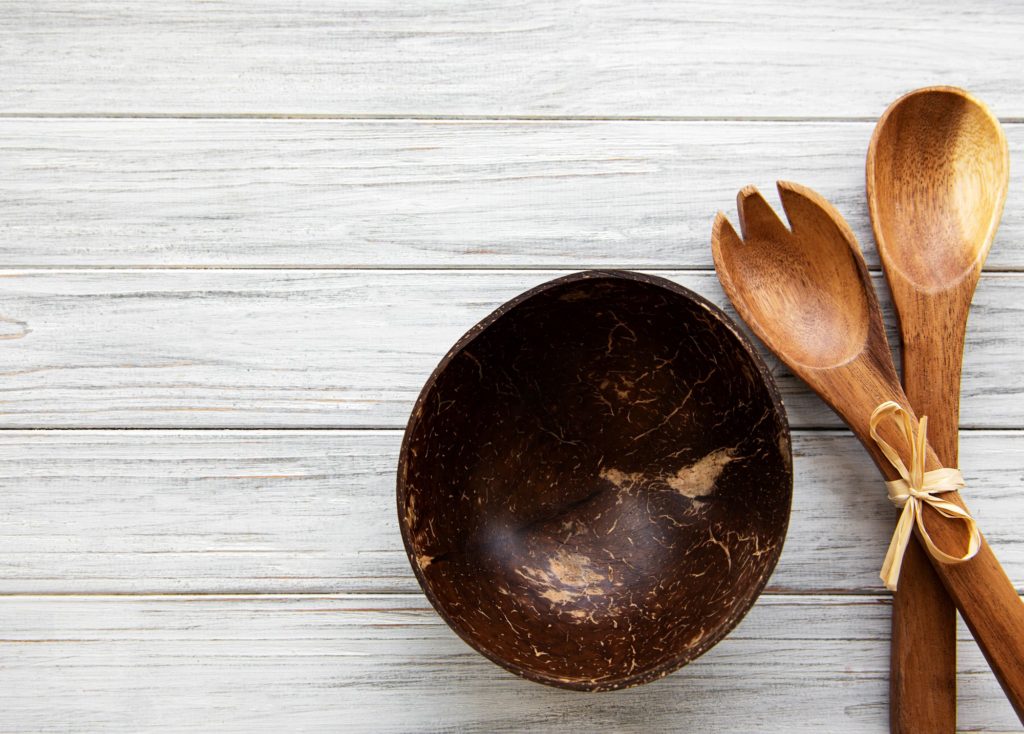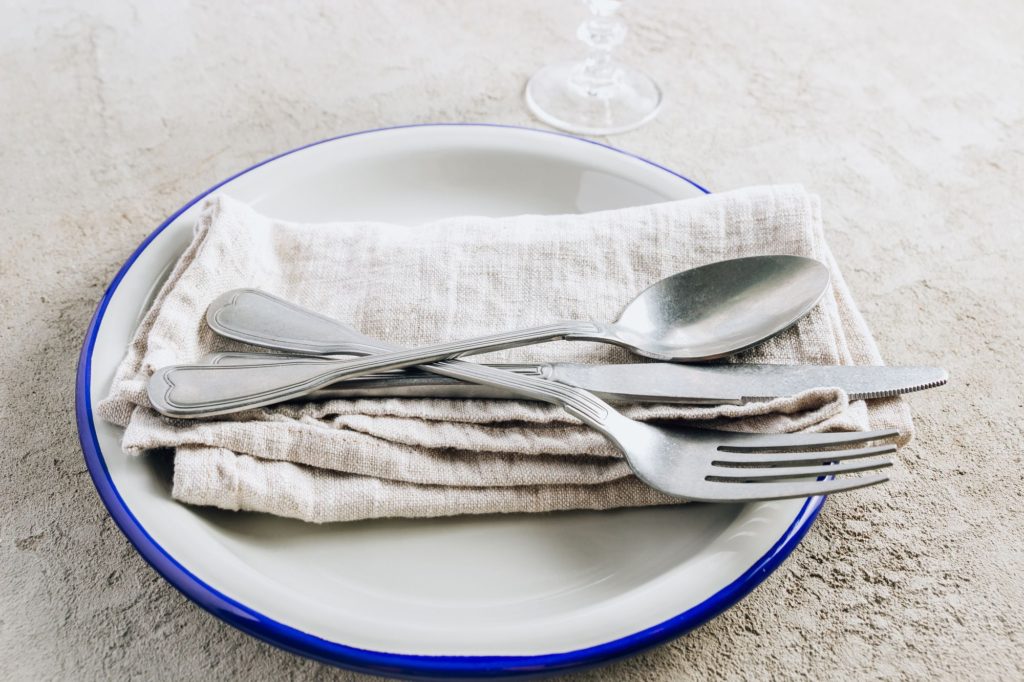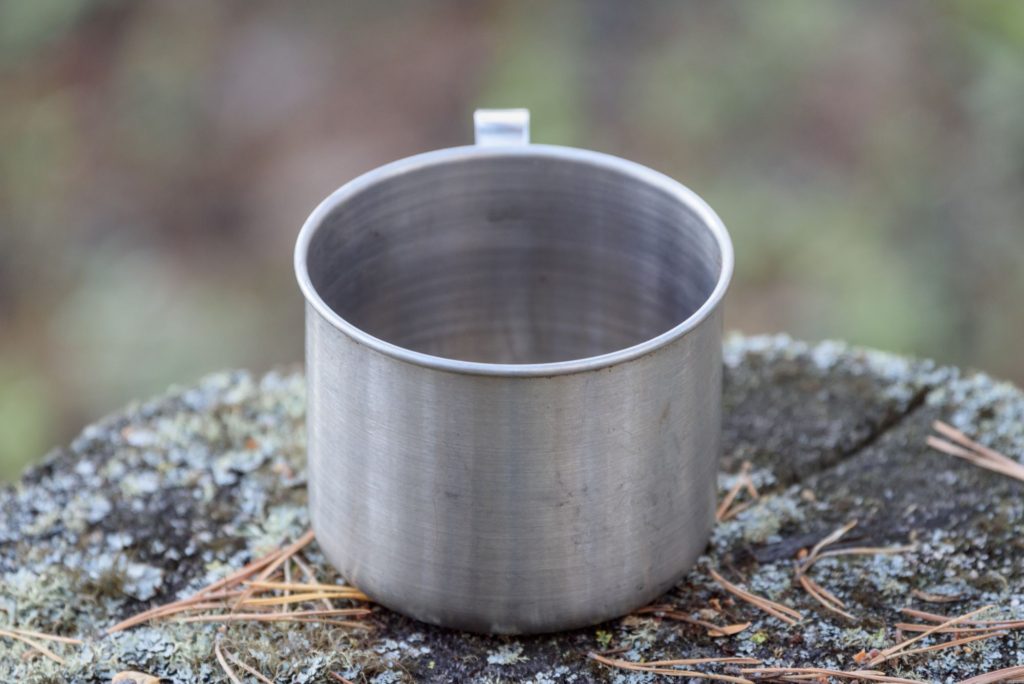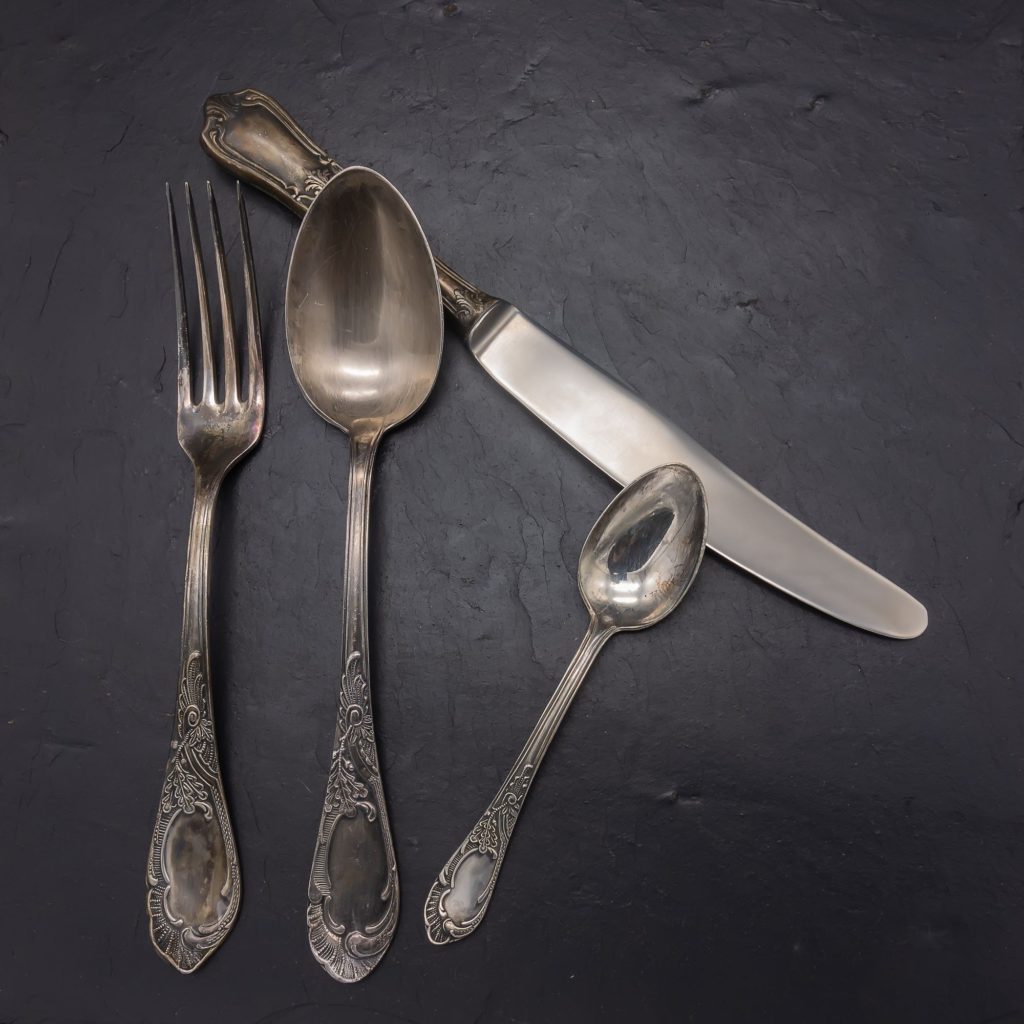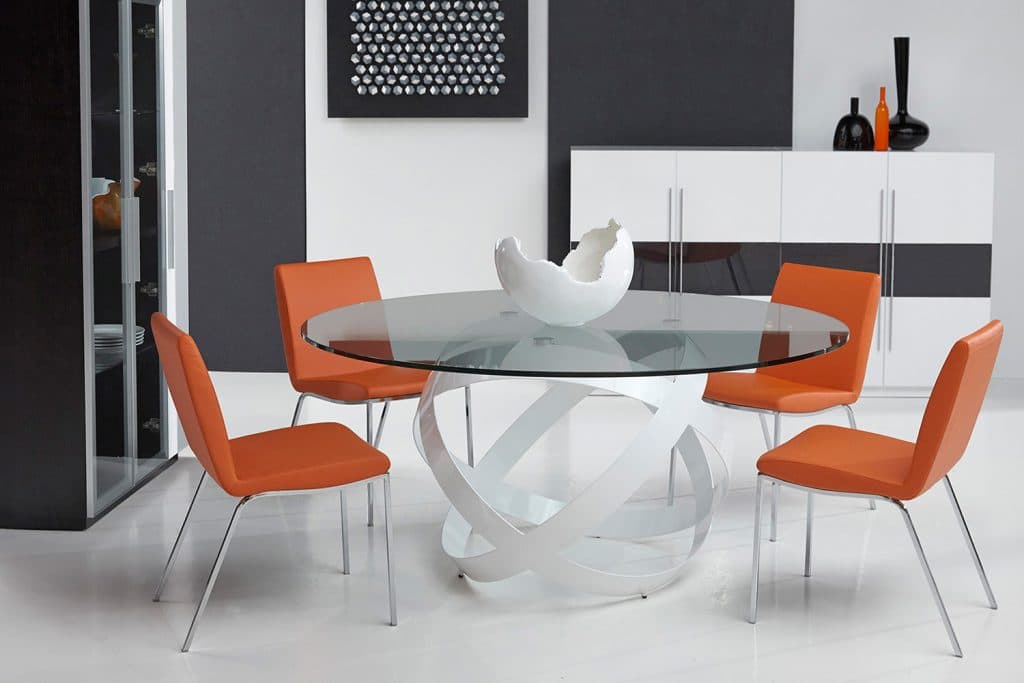Cutlery is an especially important piece of everyday use. The following types of cutlery are shared:
- table set
- snack bar
- fish
- dessert
- fruity
- for hot drinks
- for eating oriental dishes
- auxiliary cutlery
It is customary to include among the main cutlery: knives, forks, spoons, shovels, tongs, and sticks.
There are a wide variety of metals and materials for making cutlery. The most famous among them are the following:
PLASTIC
The advantages of this material are its lightness and convenience. Often, plastic cutlery is useful for a picnic. The most popular among them are forks and spoons. But it is worth remembering that this material is not intended for reusable use and therefore must be disposed of after a meal.
WOOD
Wooden cutlery is more durable than plastic but is not the best choice compared to other materials. A significant disadvantage of this material is its ability to absorb moisture. This becomes a rapid deformation of the instrument. It is appropriate to use such material for picnics and hikes. In the kitchen, such devices will be useful for infrequent use or as a decorative item. The most popular among them are shovels, forks, and sticks. Its environmental friendliness is considered a significant advantage among others.
ALUMINUM
The least popular metal for making kitchen appliances. Its disadvantage is its softness and tendency to oxidation. This material was popular decades ago due to its low price. But in the modern world, it is considered unsuitable for use in the manufacture of cutlery. Where still aluminum cutlery is used, it is in hiking and outings in nature. It is less heavy for your backpack as possible and it is not a pity to have it lost.
STAINLESS STEEL
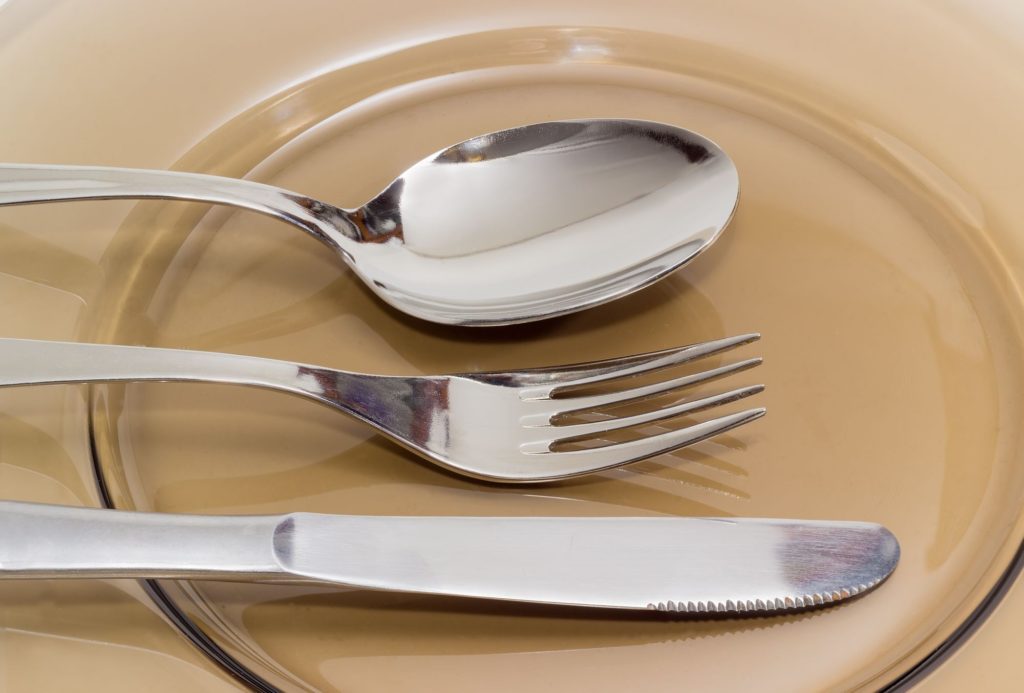
This material is one of the most relevant. First, its safety contributes to this. After all, as you know, stainless steel does not react with salt, acids, and alkali. Secondly, stainless steel has good strength and resistance to deformation. Third, it is affordable. Therefore, this type of metal is the most optimal for daily use.
PRO tip: Stainless steel flatware is mostly available in four qualities: 13/0 (304 SS), 18/0 (420 SS), 18/8 (304 SS), or 18/10 (410 SS). These designations refer to the percentages of chromium (first number) and nickel (second number) in the alloy. Nickel-containing alloys have a bright shiny luster and are more durable. Nickel-free alloys have less luster, are magnetic, and are generally a more economic choice.
CUPRONICKEL AND NICKEL SILVER
Cupronickel is an alloy of copper with white nickel, which is considered a cheap alternative to silver. Cupronickel itself, when in contact with food, can release substances harmful to health. That is why cupronickel cutlery is often coated with silver or gold. In this case, the metal becomes completely safe. It also has good durability and aesthetic appearance.
Nickel Silver. An alloy that differs from cupronickel only in the presence of zinc in it. Otherwise, they are completely identical. Also nickel silver is much lower in price. In use, it is durable and resistant to deformation. Cutlery made from this material must be covered with silver or gold. Otherwise, the food will taste like metal, which is a significant disadvantage.
GOLD AND SILVER
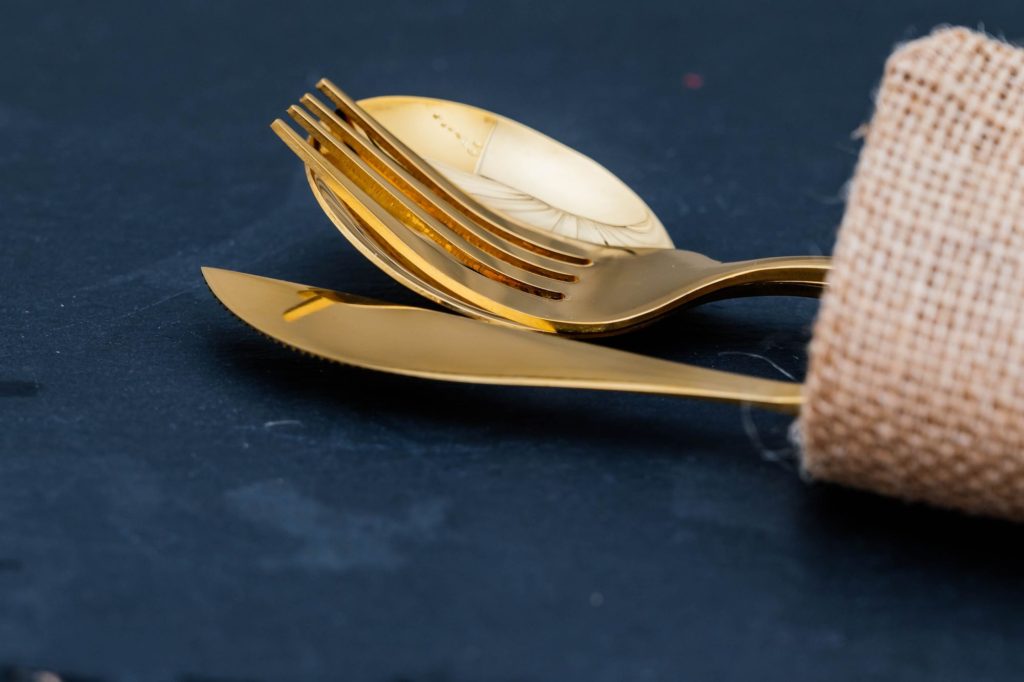
The two most expensive and aesthetic materials. Quite often there are designer sets made of these metals. The main advantage is their appearance. But, unfortunately, such devices are prone to scratches and require special care. Therefore, the ideal solution would be to use cutlery from these materials for holidays and special events.
